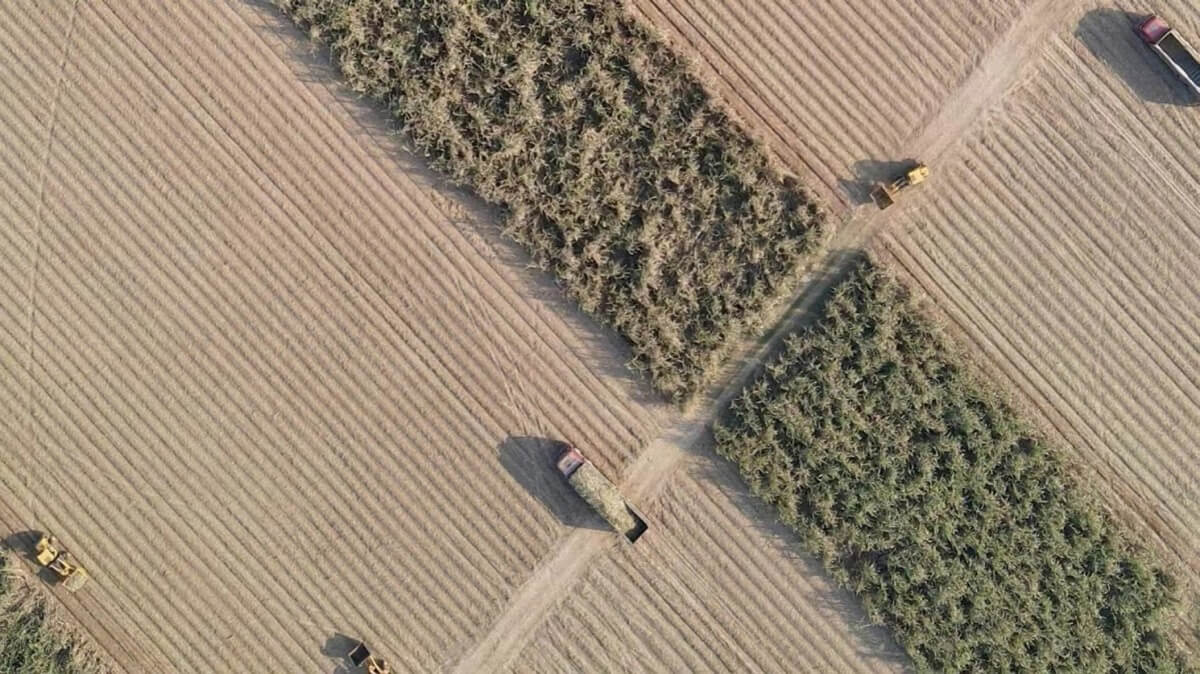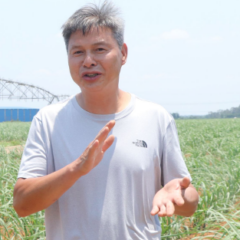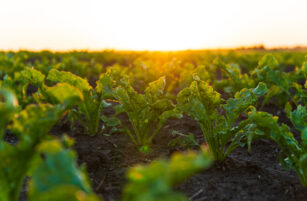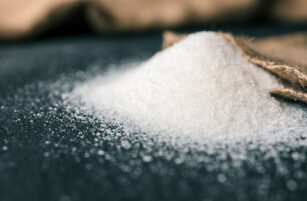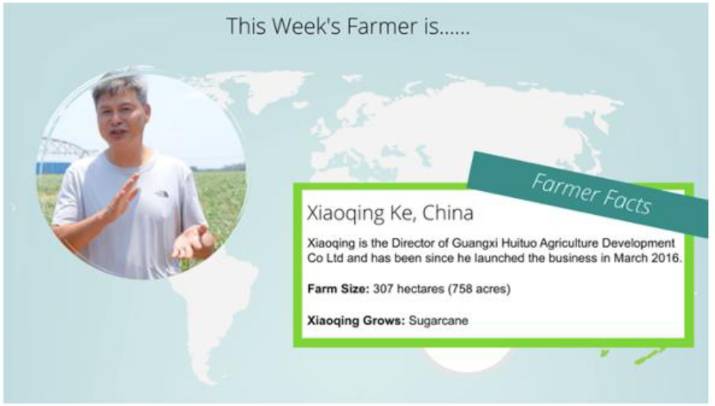
What’s Happening on The Farm?
The sugarcane harvest is still in full swing – and the harvesters are busy in the fields.
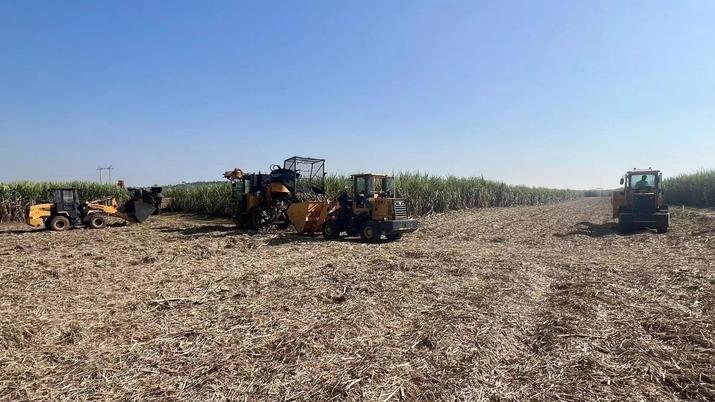
After the sugarcane harvest began in early December last year, manpower, machines and transportation capacity were all running-in and gradually operating normally. After that, the daily sugarcane harvest depends on the requirements of “Party A” – the sugar factory.
Of course, to make sure we are the first to queue up for delivery, the work site in the field is our battlefield!
The sugarcane harvested by the machine is transmitted firstly to a dumper truck, and with the tacit understanding of the two people, it only takes 45 seconds!
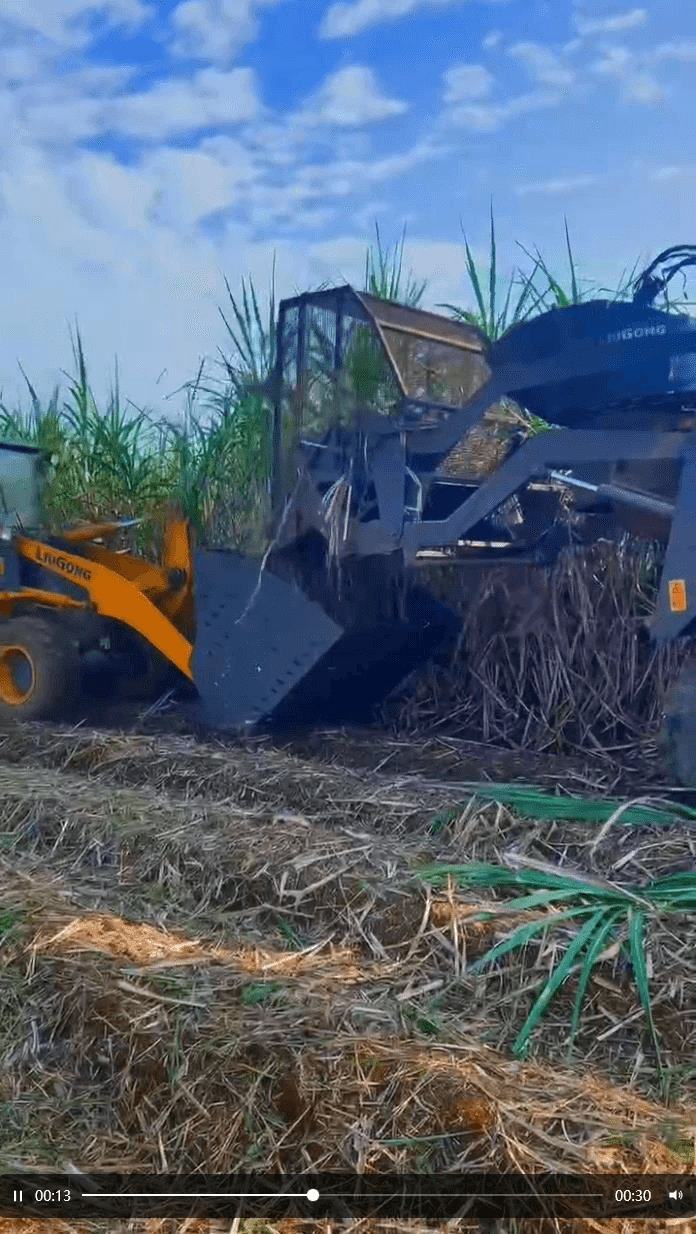
On a typical day without dew, we would start work at 8 a.m., with two harvesters racing against time to fill the first car at about 9 a.m. and deliver to the sugar mill at 10 a.m. with no queue.
The sugarcane harvest has made us masters of time management!
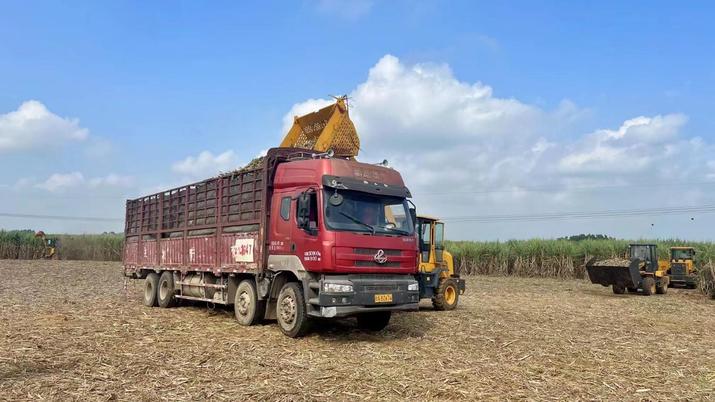
- A 9.6m truck can be filled with 32 dumpers, with an average gross weight of 27 tonnes. With an 8% deduction, this leaves a net weight of about 25 tonnes.
- With 4,000 litres of fuel, we delivered 1,750 tonnes of net weight after deducting miscellaneous products. This means 2.3 litres of fuel consumption per ton of cane!
Now the sugarcane harvest has forced us to become actuaries!
At What Stage Is Your Crop?
On the last day of December, we harvested more than 3,000 tons of sugarcane in one go, and then ushered in the two-day New Year’s Day holiday.
However, there was more rain after New Year’s Day, and the sugarcane harvest did not go smoothly. In particular, a wave of strong winds, rain, snow and freezing weather since last weekend has also hampered the harvesting and transportation of sugarcane. Sugarcane is also at risk of frost damage.
Interestingly, the sugar cane at the base bloomed. It is a variety of cinnamon sugar 22.
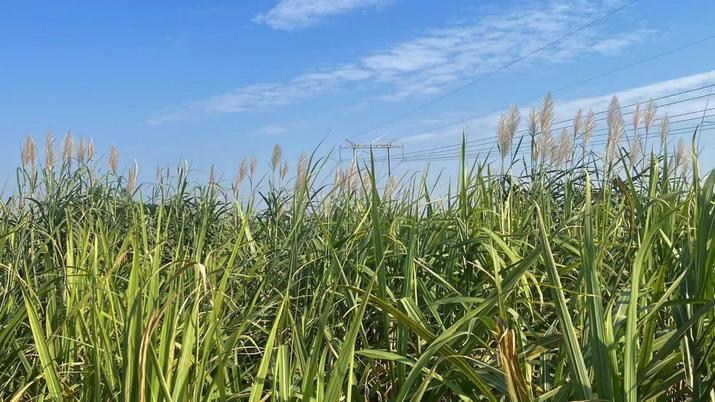
Here’s a bird’s-eye view of our sugarcane base.
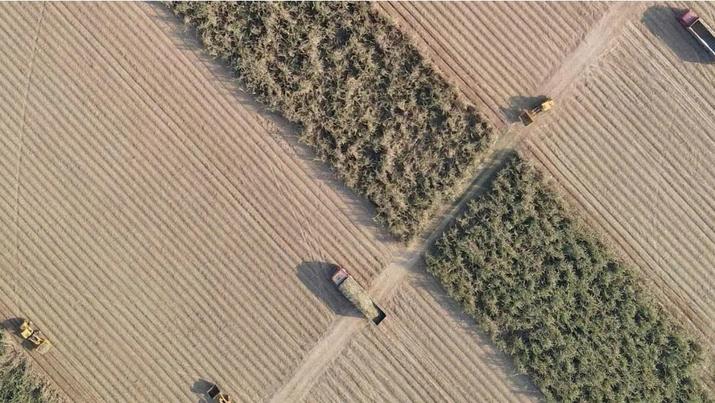
Our first 1.4-metre row trial field was planted on June 6, 2018, with GT55 variety. It is now on its fifth cut, producing more than 5 tonnes/mu (75 tonnes/ha) this year. Only 20mu out of the 60mu cane lands need to be replanted, and the remaining land continues to retain the ratoon.
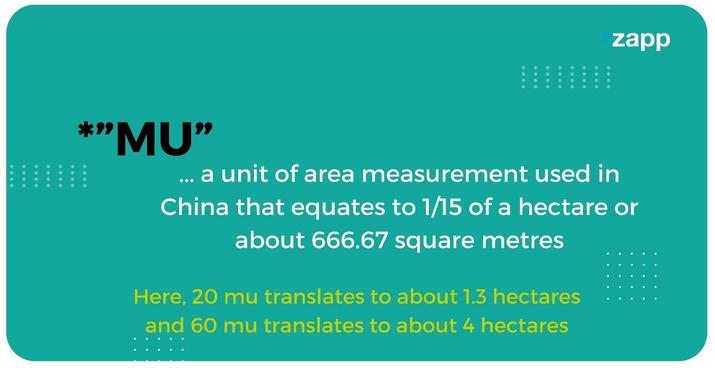
Anything New to Share?
President Xi came to Guangxi last December to inspect the sugarcane industry and send blessings to sugarcane farmers.
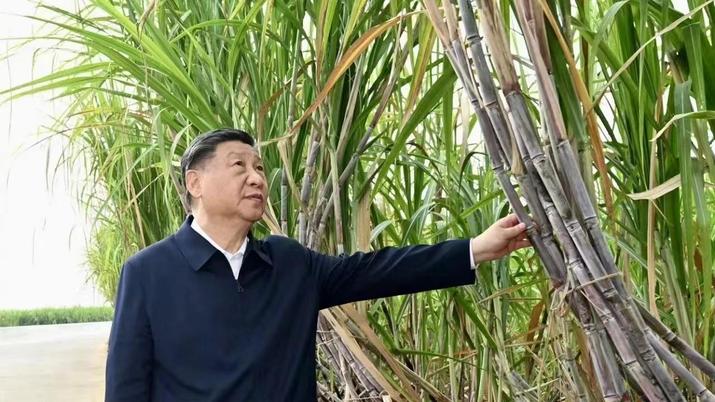
As a sugarcane farmer in Nanning, Guangxi, I was interviewed and featured on TV. I said that, in Guangxi, mechanical harvesting is about 30% of the labour cost, and the income is expected to increase by 50% this year.
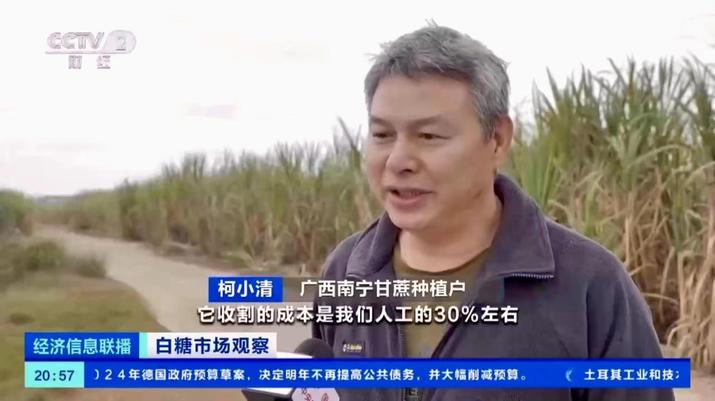
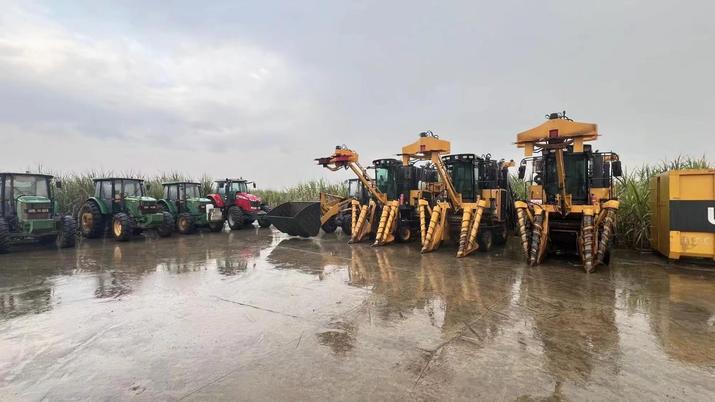
The future of the sugarcane industry looks set to get better.
